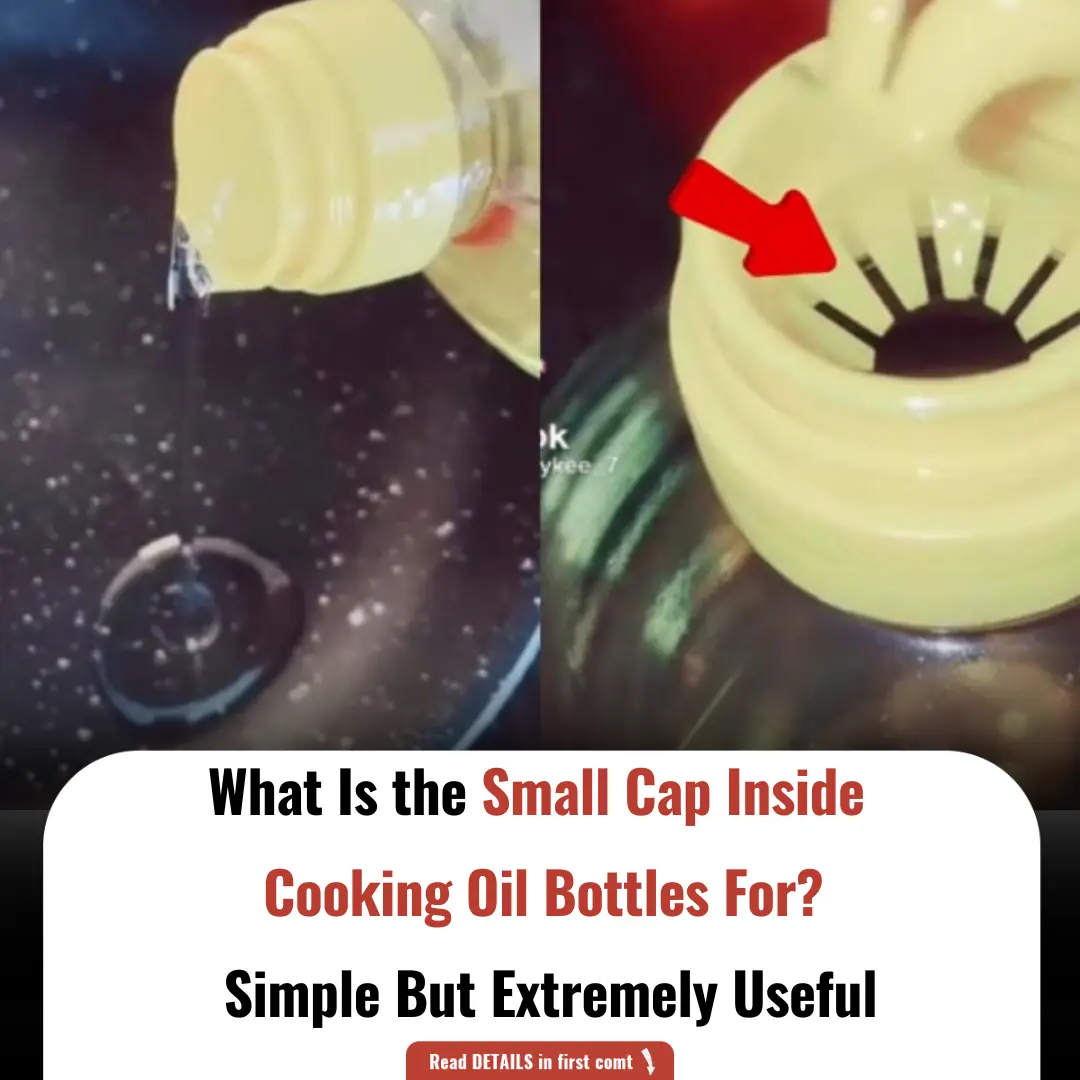
Tips for Choosing Good Avocados: Don't Be Tempted by Large Ones, They Are 'A Waste of Money'.
Avocados have gained immense popularity worldwide, from being a nutritious breakfast option to a versatile ingredient in countless dishes. However, with the increasing demand for this creamy fruit, choosing the right one can be a bit tricky. While many people believe that bigger avocados are better, this is not always the case. In fact, opting for large avocados may not always be the best decision, especially when it comes to value for money and quality. In this article, we will discuss how to choose the perfect avocado, why size matters, and how to ensure you're getting the best for your money.
1. Understanding the Avocado Types
Before diving into how to select a good avocado, it’s important to understand the different types available on the market. The most common type is the Hass avocado, known for its rich, creamy texture and slightly nutty flavor. There are also other varieties, such as the Fuerte and Bacon avocados, which are typically larger and have a different texture and flavor profile.
Each type has its own characteristics, so understanding what you're looking for can help you decide which one is best for your needs. While the size of the avocado is a factor to consider, the variety and ripeness should be your main focus when making a purchase.
2. Why Larger Avocados Might Not Be the Best Choice
Many people are tempted to buy larger avocados because they seem like a better deal, but this isn’t always true. Here’s why:
-
Less Flavor: Larger avocados often come from trees that have been cultivated for higher yields rather than quality. These trees are bred to produce more fruit, but sometimes the avocados lack the creamy texture and rich flavor of smaller ones. The taste can be less intense, and the texture may be watery or fibrous.
-
More Waste: With large avocados, you may find yourself wasting a significant portion of the fruit. Often, the larger avocados are sold in bulk, meaning they have a greater pit-to-flesh ratio. The larger pit means there’s less edible flesh for you to enjoy, which ultimately makes the fruit less efficient and more wasteful.
-
Ripeness Issues: Large avocados may not always ripen evenly. They may have a thicker skin, which can make it harder to tell whether the flesh inside is properly ripened or not. If you pick a large avocado that is still hard on the inside, you could end up with an unripe or mushy mess that’s not ideal for your recipe.
-
Price: Bigger avocados often cost more. If you’re looking to get the most out of your money, opting for a medium-sized avocado can offer better value while still giving you a good amount of flesh. Larger avocados are not always proportional in quality to their price, meaning you're paying more for a product that may not deliver the expected quality.
3. How to Choose the Best Avocado
Rather than focusing solely on the size of the avocado, here are some key tips for selecting the best fruit for your needs:
a. Check the Skin Color
The skin of an avocado can give you a good idea of its ripeness. For a Hass avocado, look for dark green or nearly black skin. If the avocado has a smooth, bright green exterior, it is likely not ripe yet. Be aware that some varieties, such as the Fuerte, have smoother skin that remains green even when fully ripe, so know your avocado variety before judging solely by color.
b. Gently Squeeze the Fruit
Use your fingertips to gently squeeze the avocado. If it yields to firm gentle pressure, it’s ripe and ready to eat. If it’s too soft and feels squishy, it might be overripe. If it’s hard and doesn’t yield at all, it’s under-ripe and will need a few more days to ripen.
c. Look for a Slight Indentation
Check the top of the avocado, where the stem was. If the small button-like stem easily pops off and reveals green flesh underneath, it’s ripe. If it’s brown or mushy under the stem, the avocado is overripe. If it’s difficult to remove the stem, the avocado may be unripe.
d. Size Doesn’t Always Matter
Contrary to what many believe, a smaller avocado may actually offer better quality and more flavor than a larger one. Smaller avocados tend to have a higher flesh-to-pit ratio, which means more edible goodness for you. This can be particularly important if you’re using the avocado for guacamole, sandwiches, or other dishes where the texture and flavor really matter.
e. Avoid Any Large Bruises or Dark Spots
While small imperfections can be easily cut away, large bruises or dark spots inside the avocado are a sign that it may be overripe or damaged. These blemishes often indicate that the avocado has been handled poorly or stored improperly. Choose avocados that are free from visible bruises or cracks, ensuring a higher quality fruit.
4. When to Buy Avocados
If you’re looking to buy avocados that will ripen at a specific time, consider buying them at different stages of ripeness:
-
Under-ripe: These avocados are firm and can be left to ripen at room temperature. They typically take 3-5 days to ripen, depending on their initial ripeness.
-
Ripe: If you're in a rush or need the avocado for immediate use, you can purchase ripe avocados. These should be soft but not squishy, and they should yield to gentle pressure.
-
Overripe: Overripe avocados are often too mushy for most purposes, but they can still be used for making avocado toast, smoothies, or baking into recipes like brownies or cakes.
5. How to Store Avocados
Proper storage is key to preserving the quality of your avocado. If you’ve purchased an under-ripe avocado, store it at room temperature until it ripens. Once ripe, you can store the avocado in the fridge to slow down the ripening process and extend its shelf life by up to 2-3 days.
If you’ve already cut your avocado, be sure to leave the pit in the unused half to help preserve the flesh. Cover it tightly with plastic wrap or store it in an airtight container to minimize exposure to air, which can cause browning. Adding a bit of lemon or lime juice can also help prevent oxidation and keep the fruit fresh longer.
Conclusion
While it may seem tempting to buy large avocados thinking they offer more value, size is not the only factor to consider when selecting this creamy fruit. In fact, smaller avocados often pack more flavor and offer better quality, making them a smarter choice for many consumers. By considering the ripeness, skin texture, and avoiding large pits, you can find the perfect avocado every time. So next time you’re in the produce aisle, don’t just reach for the largest avocado – choose one that fits your needs and tastes the best.
News in the same category


A Trick to Repel Rats Using Common Household Ingredients, Keeping Your Home Clean, Fresh, and Rat-Free

Place a Face Mask in the Refrigerator: A Small Trick with Unexpected Results

Put Ice Cubes in Your Clothes Dryer, and You’ll Be Surprised by the Results

Why You Should Put Coins in the Refrigerator?

Weak Toilet Flush with No Suction Power? A Simple DIY Hack from the Pros

Don’t Throw Away Rotten Tomatoes – The More Rotten, the More “Valuable”! Few People Know This, So Share It with Your Family

Treat Premature Gray Hair with a Natural Dye Using Tamarind and Potato – Cheap and Effective!

Here are 3 coffee drinking habits of many young people that can accelerate aging and cause various health problems

It's not a snake, this is the "a:ss@ssin" that can crawl out of your air conditioner at home.
Why Should We Not Open the Bedroom Door at Night?

8 Body Language Tips to Help You Appear More Confident

Why Should You Not Close the Door When Using the Air Conditioner?

Flight Attendants Reveal Surprising Truth About Coffee Cups on Airplanes

Why Passengers Must Leave Their Luggage Behind During an Emergency Evacuation

5 'Golden Rules' Pilots Swear By That Everyone Should Follow When Boarding a Plane

Why Do Many People Abroad Hang Their Pants Inside Out with the Waistband Facing Down?
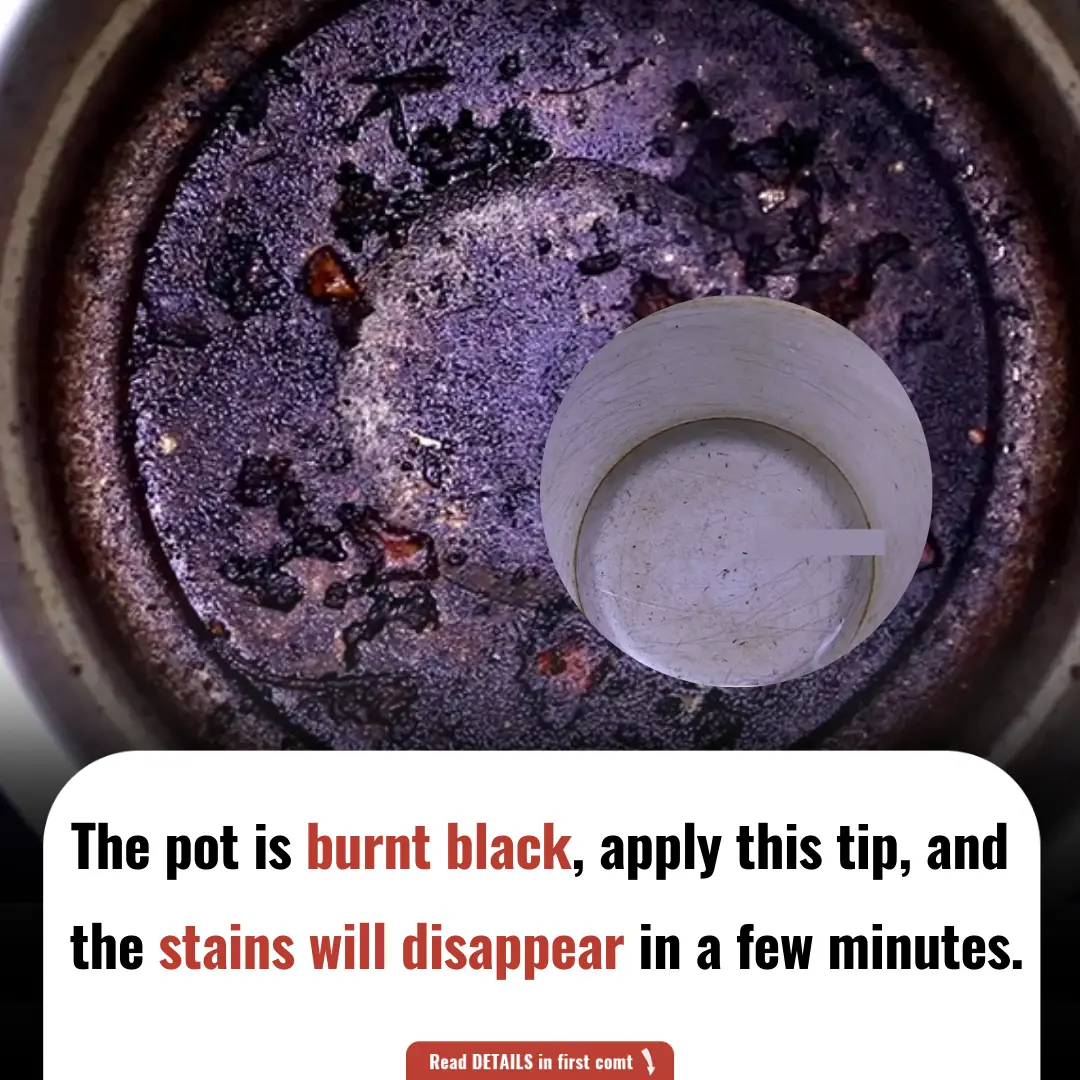
How to Clean a Burnt Pot in Just a Few Minutes: A Simple Solution

Pouring Hot Water into the Kitchen Sink: Thought It Was Helpful but Actually Causes Two Serious Problems
News Post

What Is the Small Cap Inside Cooking Oil Bottles For? Simple But Extremely Useful

A Trick to Repel Rats Using Common Household Ingredients, Keeping Your Home Clean, Fresh, and Rat-Free

Place a Face Mask in the Refrigerator: A Small Trick with Unexpected Results

Put Ice Cubes in Your Clothes Dryer, and You’ll Be Surprised by the Results

Why You Should Put Coins in the Refrigerator?
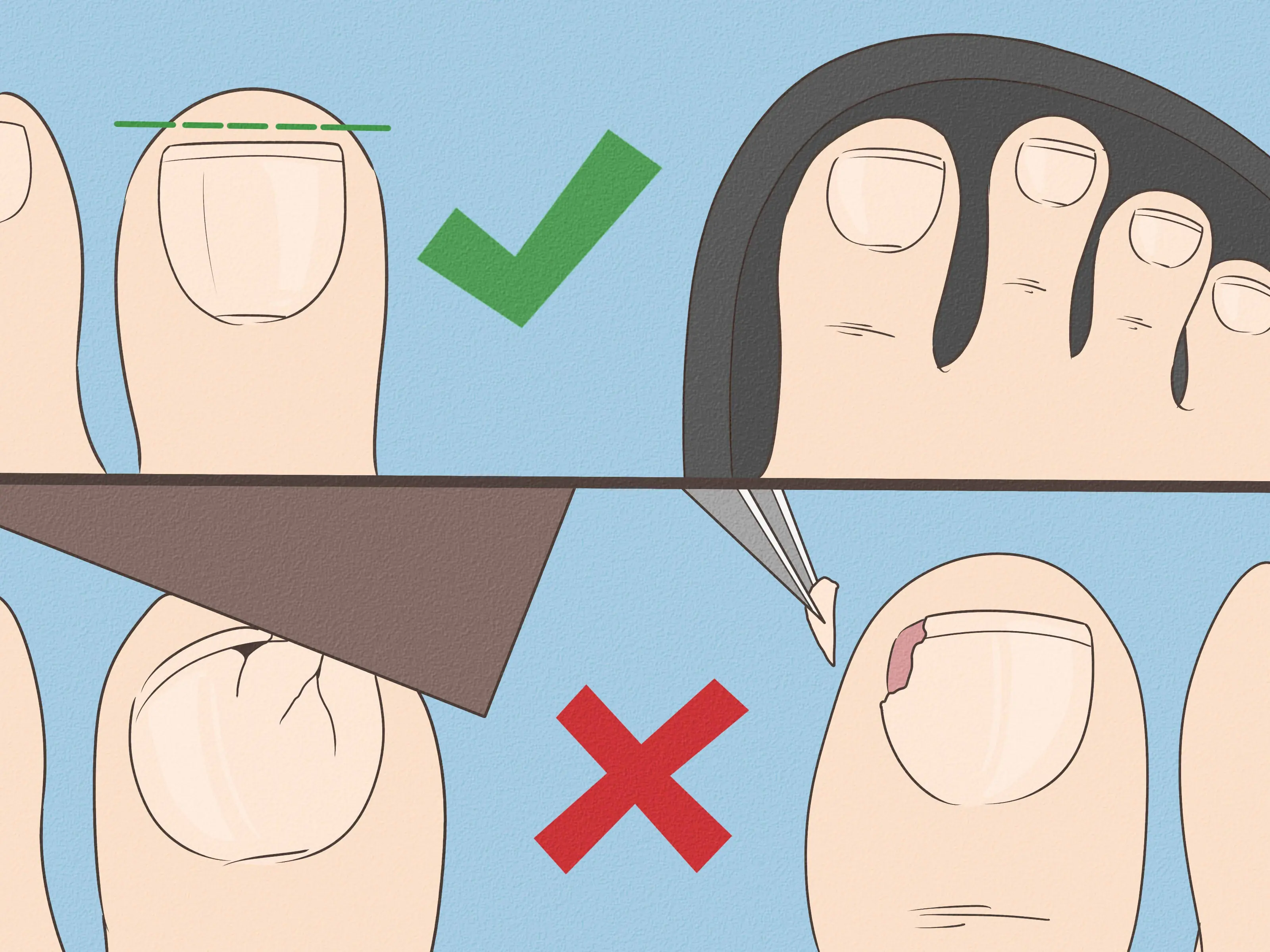
Natural Home Remedies for Ingrown Toenails That Bring Quick Relief
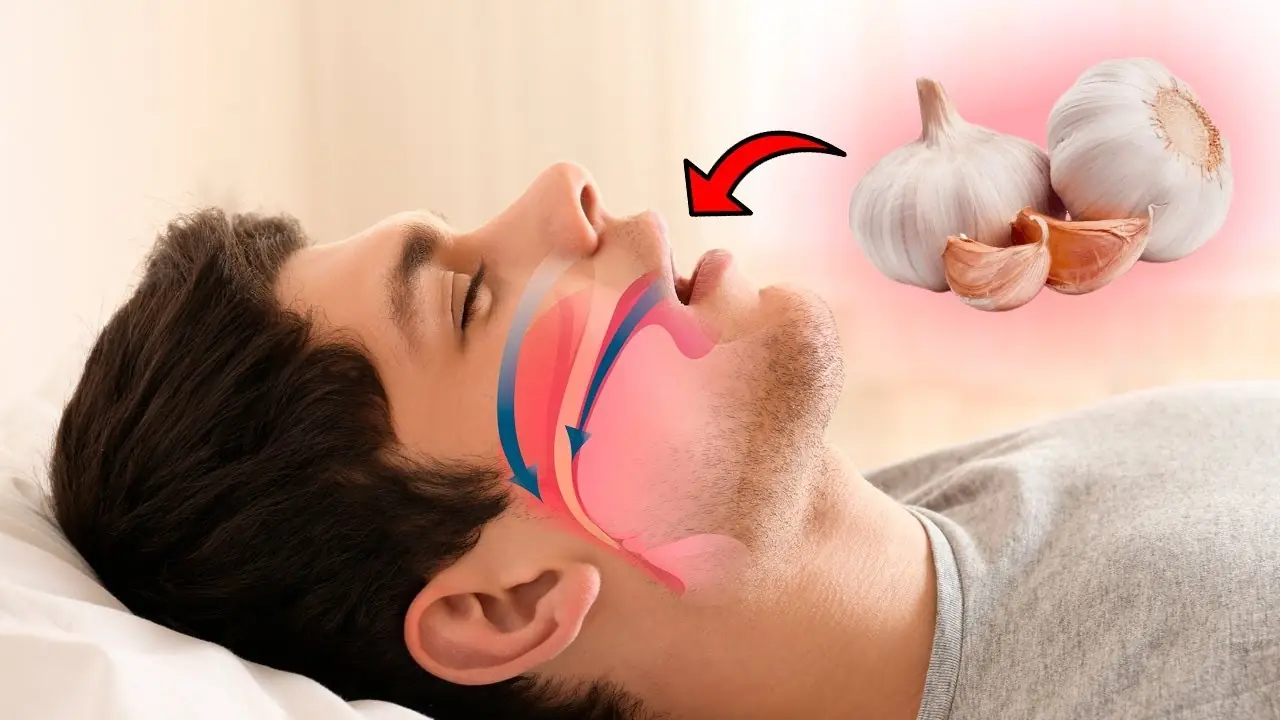
This Is What Happens to Your Body When You Start Eating Raw Garlic

What Those Red Spots on Your Skin Are Warning You About and How to Remove Them Naturally

Small Morning Habits That Many Overlook but Boost Blood Flow and Energy
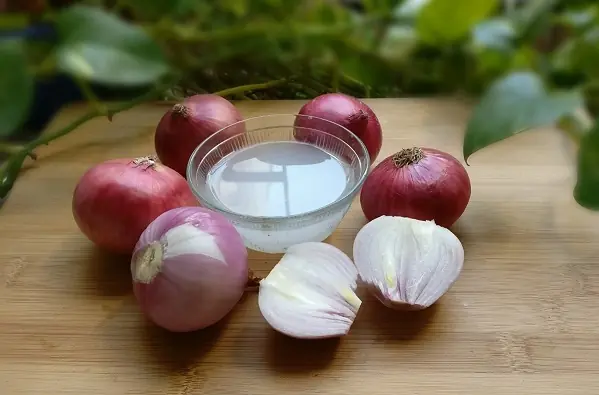
How to use Onion juice & Onion Hair Oil for Hair Growth – Onion Benefits for Hair

What it says about your relationship when your partner sleeps with their back to you

Woman Urged to See Doctor After Spotting Concerning Line

Homemade Okra Face Gel – Collagen Gel for Glowing Skin
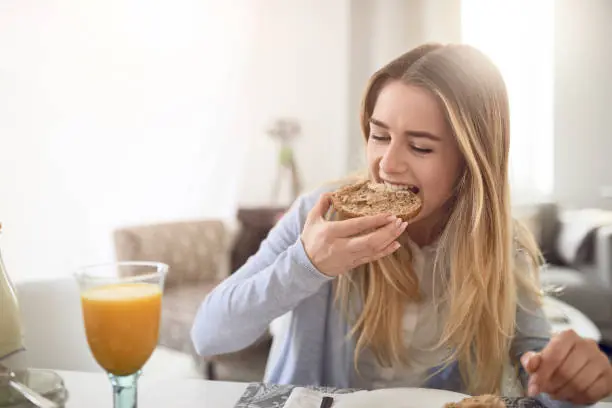
Groups of People Who Need to Avoid Eating Bread

What those strange skin patterns might really mean
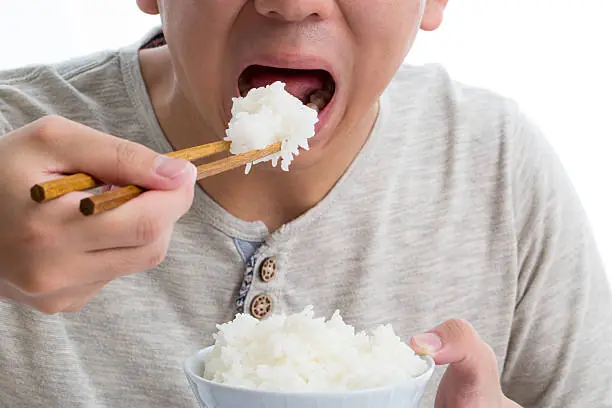
Should You Eat Rice for Breakfast

Preventing Stroke At Any Age: 3 “Don’ts” After Meals—And 4 “Don’ts” Before Bed
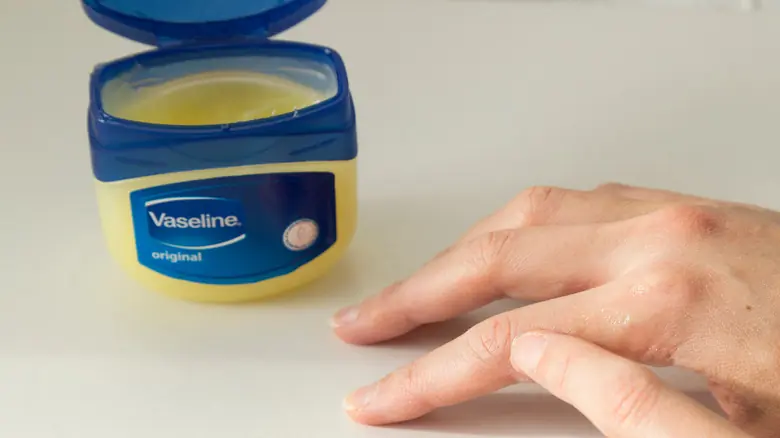
Why You Should Stop Using Petroleum Jelly On Your Skin (It’s a Byproduct of the Petroleum Manufacturing Process)
